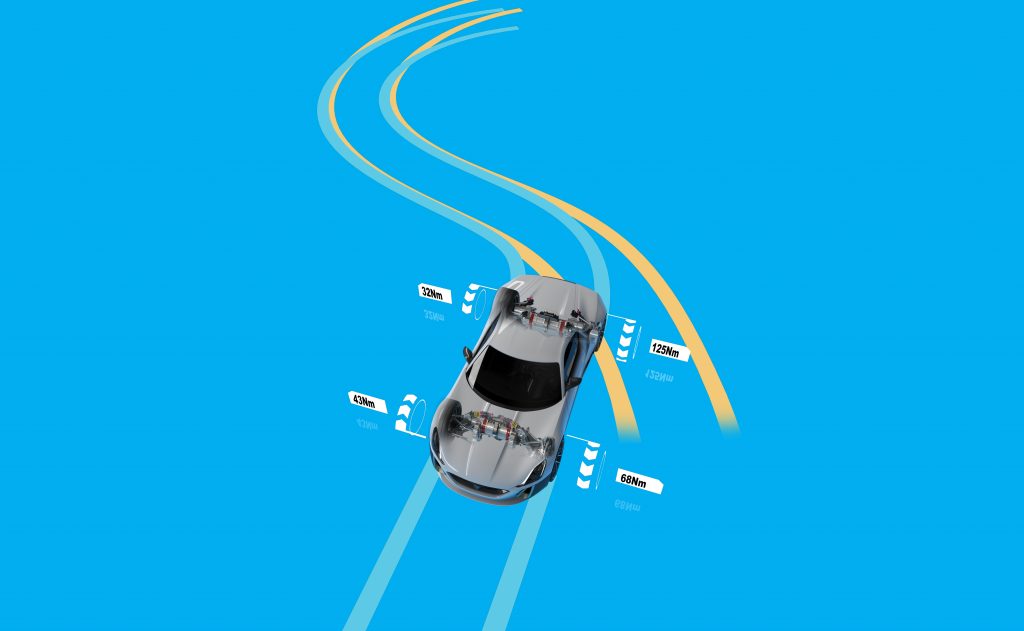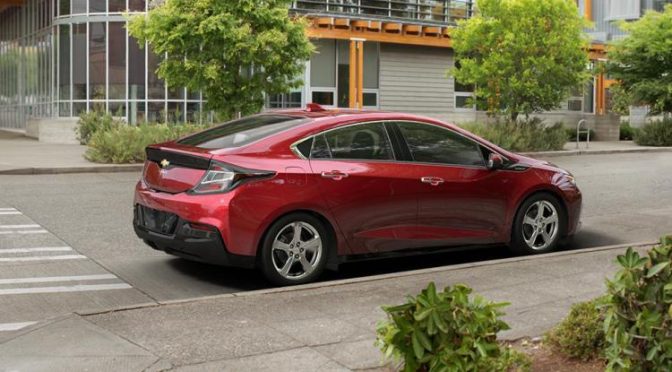You’ve gotta check this out! The folks over at MIT have crunched the numbers and found overwhelming support that not only do electric vehicles emit less pollution over their lifespans, but many are also cheaper after tax rebates. The results are surprisingly obvious. If you need help understanding, the points to the left on the chart are cars that cost less (initial price, maintenance, and fuel), and points that are lower on the chart have less lifecycle emissions (production, tailpipe, electricity generation, ett.). So don’t worry, these MIT guys have factored in all of the assumptions to make your choice easier. You can also customize the app by changing variables such as the cost and sources of electricity and gasoline prices. This is a fascinating app and I hope they keep it updated for future makes and models. Electric vehicles are orangish yellow.
Carboncounter was created by Marco Miotti, Geoffrey J. Supran, and Jessika E. Trancik at the MIT Trancik Lab, based on reference [1], and programmed by Marco Miotti using AngularJS and D3.
Costs are given in 2014 USD. Vehicle specifications were obtained from manufacturer websites and cars.com, and are based on 2014 models (except for the Toyota Mirai, Chevrolet Bolt, and Tesla Model 3). Emissions were calculated based on the Greenhouse Gases, Regulated Emissions, and Energy Use in Transportation (GREET) model, developed by Argonne National Laboratory. Fuel economies reflect the official EPA ratings, which are based on a standardized test procedure specified by U.S. federal law.
Details on the calculation of costs, greenhouse gas emissions, and emission targets can be found in the Supporting Information of reference [1].
[1]: M. Miotti, G.J. Supran, E.J. Kim, J.E. Trancik, Environmental Science & Technology, 2016.





